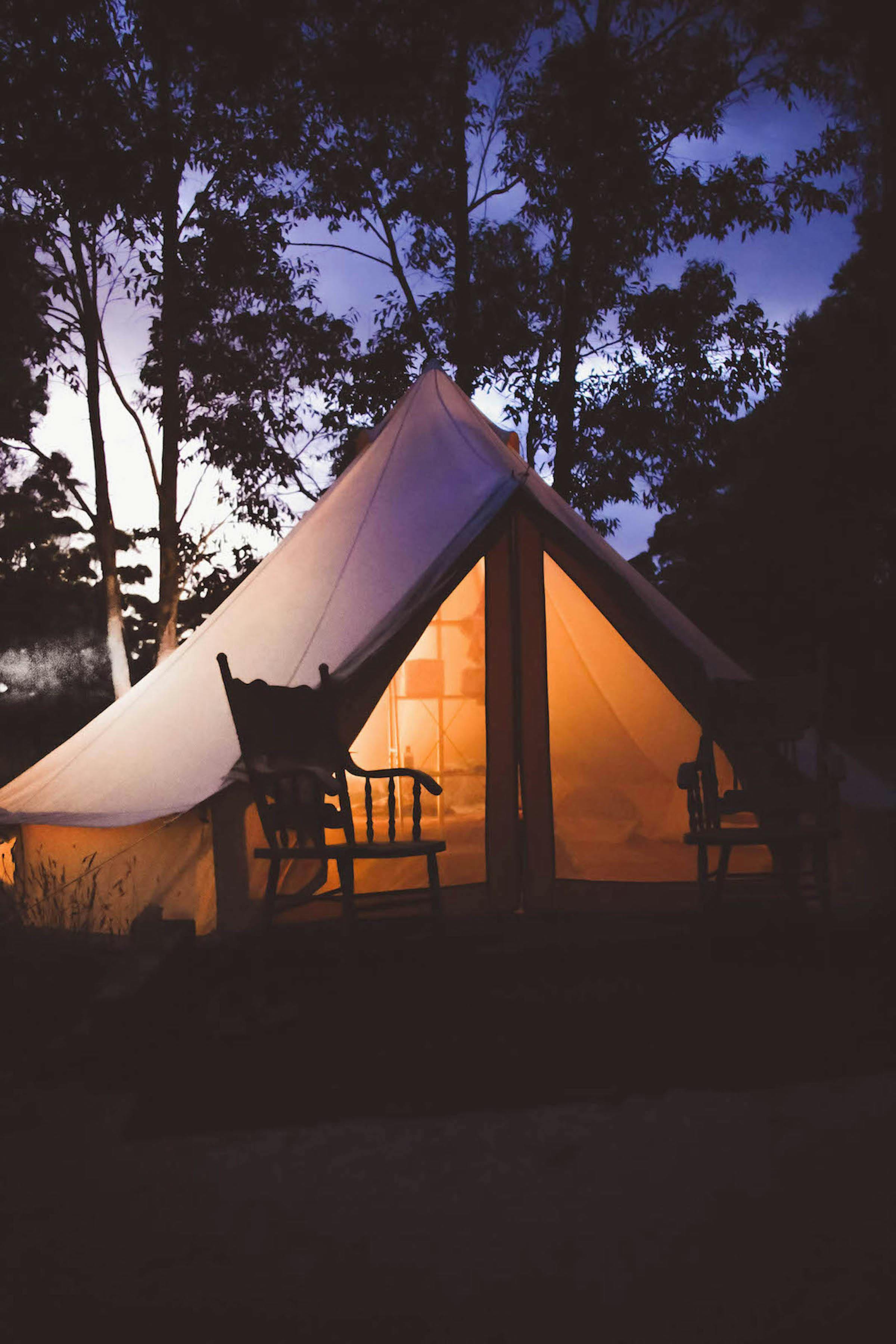Converting Open Spaces into Comfortable Overnight Shelters
Transforming a field, lot, or backyard into an overnight shelter requires planning, practical materials, and attention to comfort factors like ventilation, insulation, and layout. This short overview highlights the core considerations for portable and modular shelter setups for camping, glamping, or temporary housing.

Converting open spaces into comfortable overnight shelters blends pragmatic site planning, suitable fabrics and structures, and thoughtful attention to human comfort. Whether the goal is a weekend camping setup, a glamping-style retreat, or temporary shelter for events, success depends on selecting the right shelter type, configuring an efficient layout, and managing ventilation, insulation, and maintenance. The sections below explore material choices, modular and portable systems, offgrid deployment, flooring options, and upkeep strategies to create reliable overnight spaces.
Shelter design and layout
Good shelter design begins with a clear layout that responds to site characteristics: wind patterns, slope, drainage, and sun exposure. Position sleeping areas away from water runoff and orient openings for cross-ventilation. Define zones—sleeping, cooking, storage—to limit clutter and improve safety. Consider modular planning so sections can be added or removed as needs change. Simple layouts reduce setup time and make it easier to incorporate flooring, ventilation ducts, or insulation layers without compromising usable space.
Canvas materials and durability
Canvas remains a common choice for fabric shelters because of its breathability and durability. Modern treatments increase water resistance and mildew protection; however, weight and drying time are trade-offs compared with synthetic fabrics. Evaluate stitch quality, seam sealing, and UV resistance when choosing a canvas shelter. For temporary overnight use, lighter synthetic blends can simplify deployment, while heavier canvas may provide better thermal buffering in cooler climates. Proper fabric care extends service life and supports sustainability goals.
Modular and portable options
Modular and portable systems let users scale shelter capacity and adapt to changing uses. Pop-up frames, modular room inserts, and clip-on vestibules are common in camping and glamping setups. Portable units designed for rapid deployment reduce labor and time on site; look for components that stack or nest for transport. Modular shelters support phased installation—start with a basic sleeping module and add storage or living modules later. Accessibility and repairability are key benefits of modular designs for longer-term or multi-use deployments.
Insulation and ventilation strategies
Comfort hinges on balancing insulation with ventilation. Insulation reduces heat loss in cold conditions and dampens interior temperature swings; options include removable liners, closed-cell foam floor pads, and insulated ground sheets. Ventilation prevents condensation and improves air quality: use adjustable vents, mesh panels, and elevated openings to promote airflow without excessive drafts. In humid or cold sites, prioritize ventilation paths to manage moisture while keeping warm air where people sleep.
Deployment, offgrid power, and renewable systems
Deployment planning should include power and water considerations for offgrid scenarios. Small solar arrays paired with battery storage can supply lighting, fans, and device charging. Low-power appliances and LED lighting reduce energy needs. Renewable options such as portable solar panels or micro wind turbines support sustainability and reduce reliance on generators. Plan wiring and secure mounting points during layout design to keep systems safe and accessible, and include simple monitoring to track battery state and energy consumption.
Flooring, maintenance, and long-term sustainability
Flooring choices affect comfort, insulation, and hygiene. Raised modular platforms, interlocking deck tiles, insulated ground pads, or simple plywood subfloors each offer trade-offs in weight, cost, and comfort. Durable, washable floor coverings simplify cleaning and maintenance. Regular inspection—seams, zippers, structural joints, and anchoring—prolongs service life and maintains safety. Emphasizing reusable materials and repairable components supports sustainability and reduces waste over repeated deployments.
In summary, converting open spaces into comfortable overnight shelters is a practical exercise in systems thinking: choose appropriate shelter fabrics, plan an efficient layout, incorporate insulation and ventilation for occupant comfort, and design modular, portable components to match deployment needs. Attention to flooring and routine maintenance keeps shelters functional and extends lifespan, while offgrid and renewable options can minimize environmental impact and support longer-term use.





